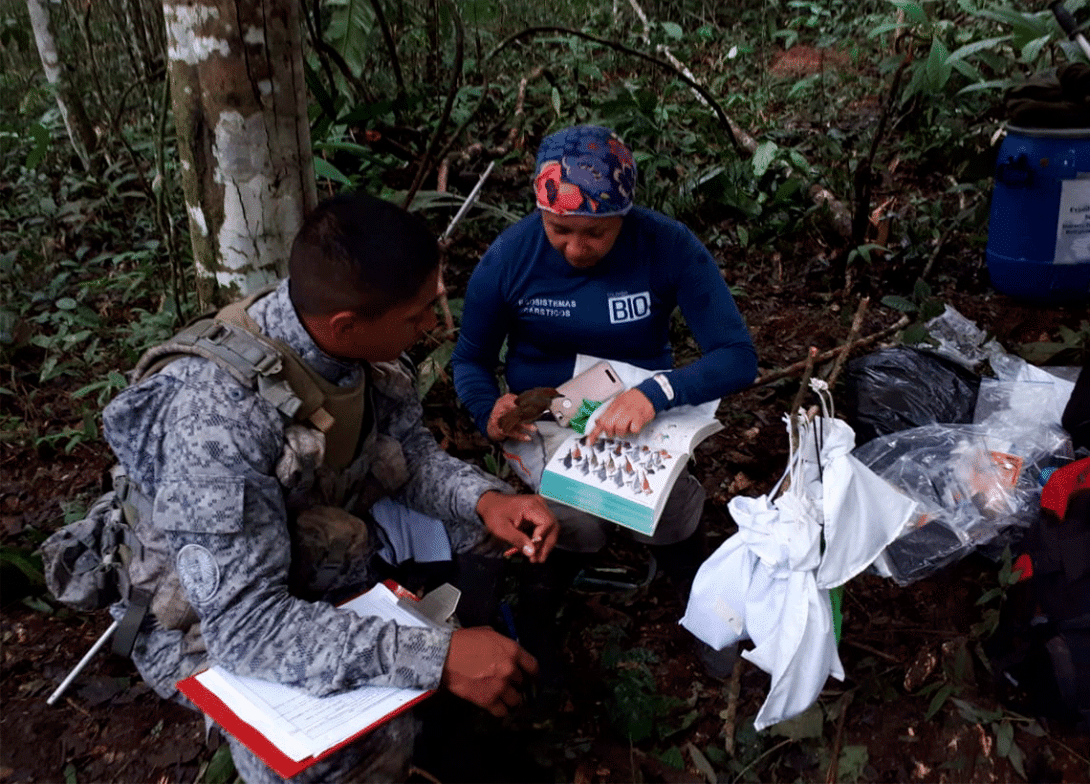In 1948, a biological expedition was carried out for the first time in the region what we now know as the Air Combat Command No. 6, CACOM 6, to confirm the presence of birds in the Colombian Amazonas region and carry out scientific studies at Nacional level.
Seven decades later, the Humboldt Institute led a new biological expedition called 'Global Big Day', made up of two ornithologists, bird specialists, two entomologists, insect specialists and a mammal specialist.
The group of researchers collected essential specimens to maintain a constant search on a temporal and spatial scale of biodiversity, confirming about 110 types of birds, 250 types of insects, 3 types of millipedes and 15 types of mammals.
Mr. Orlando Acevedo, researcher at the Humboldt Institute, said that the specimens collected in this region included 38 specimens of 23 types of birds, 1,000 specimens of insects and invertebrates and 12 specimens of 7 types of mammals, which will rest in the facilities of the Biological Collections of the Humboldt Institute, in Villa de Leyva, in the department of Boyacá, which will serve to continue with the study of the Colombian Amazonian biodiversity.
During the expedition at the Tres Esquinas Air Base, participatory science tools were used through a portal that helps upload the photographs to be analyzed by experts worldwide where the animals can be identified through a scientific process by experts.
This is how the Colombian Air Force invites the civilian population to share the photographs and sounds of the types or mammals in the ebird platform so that the experts in birds worldwide have information of the existence of these specimens in the Department of Caquetá.
Source: Air Combat Command No.6 - CACOM 6





